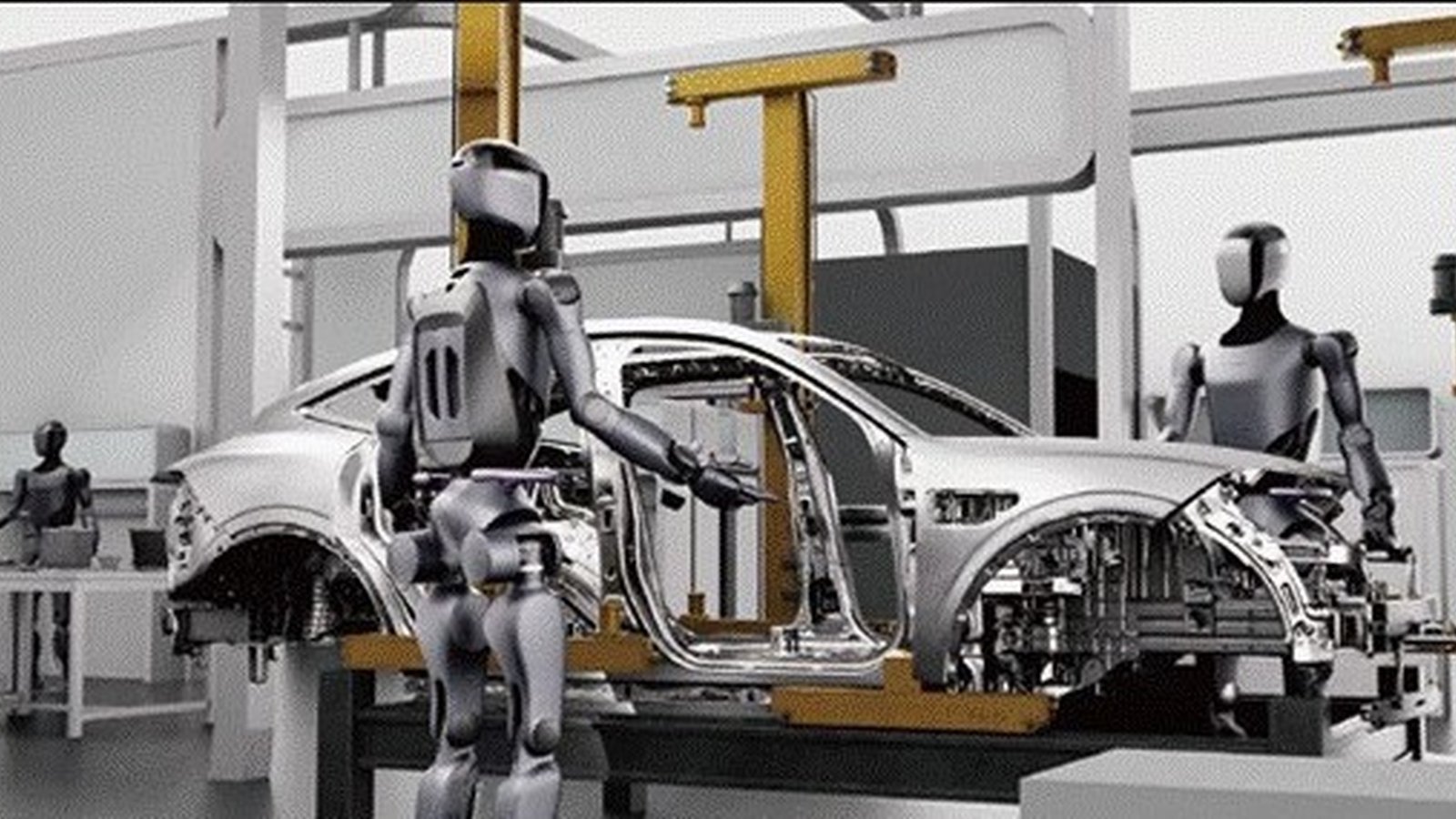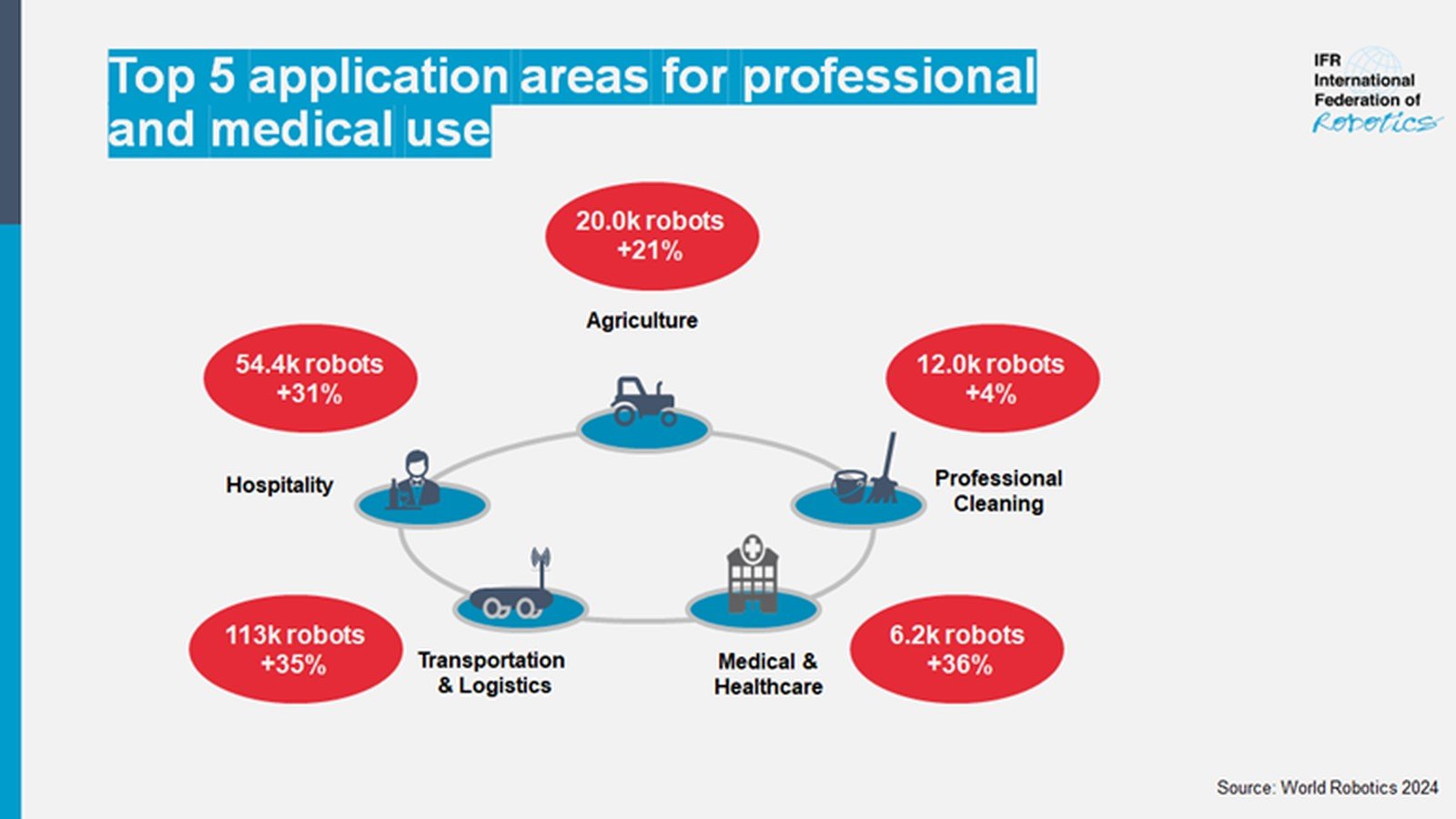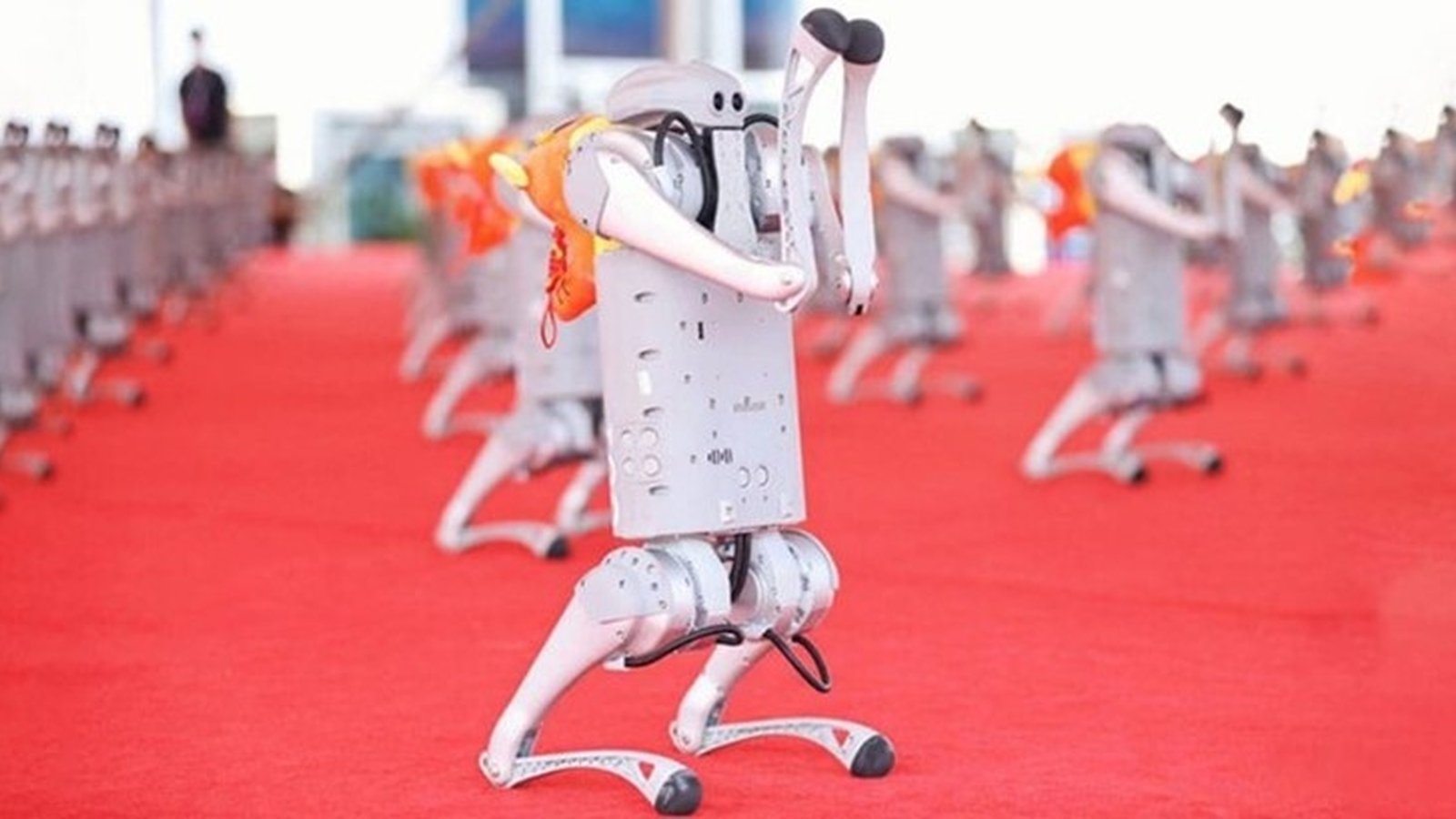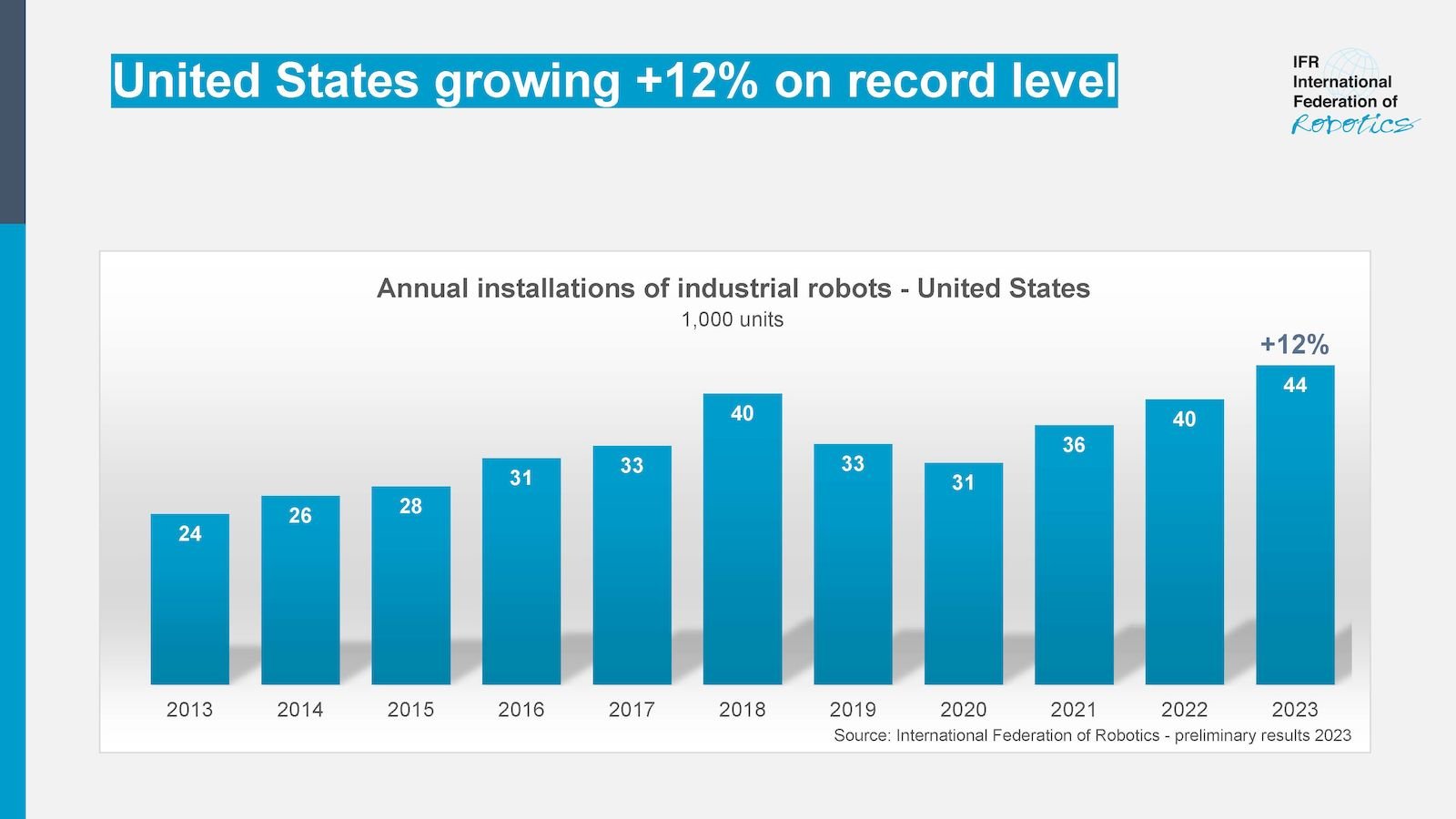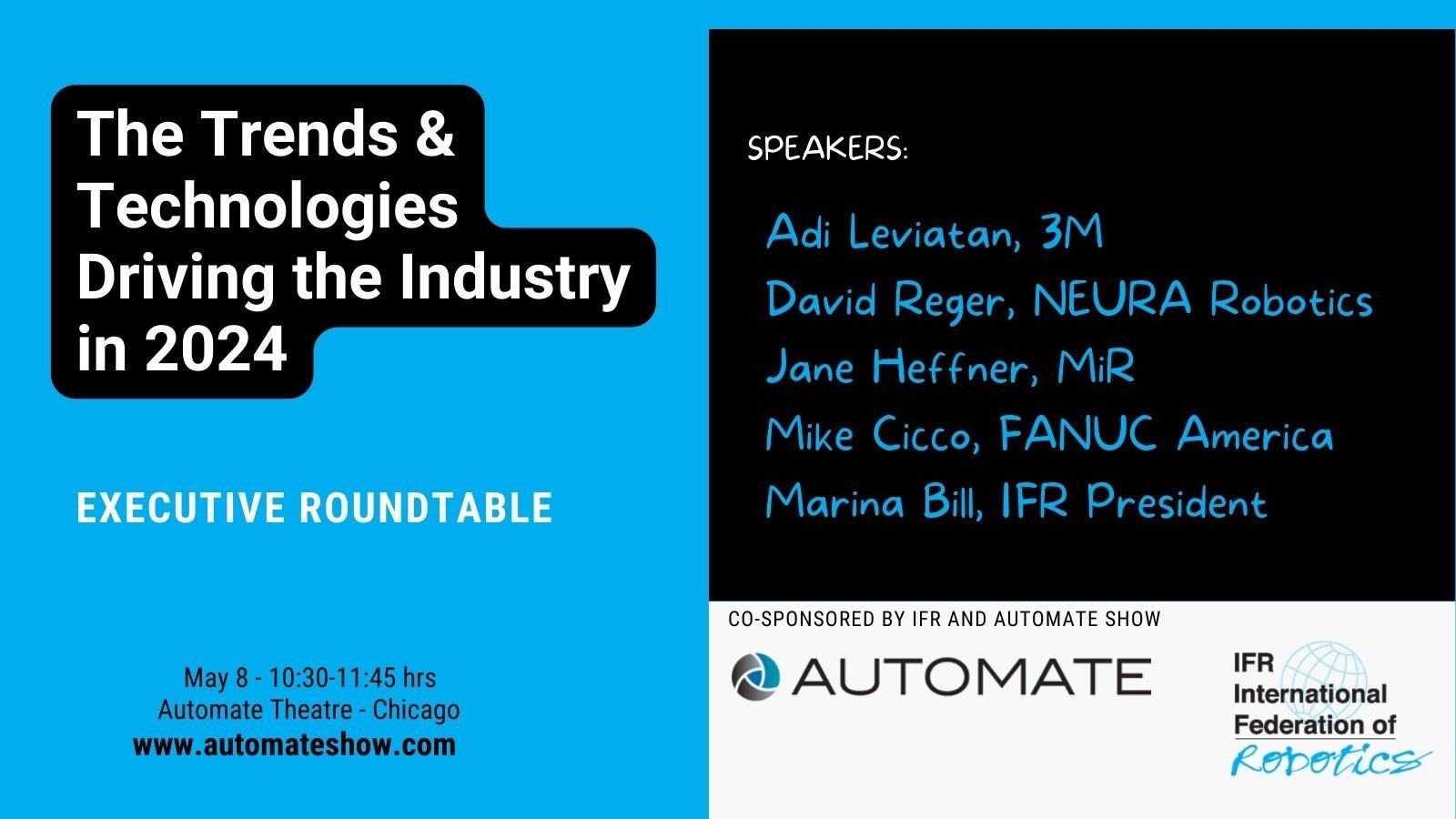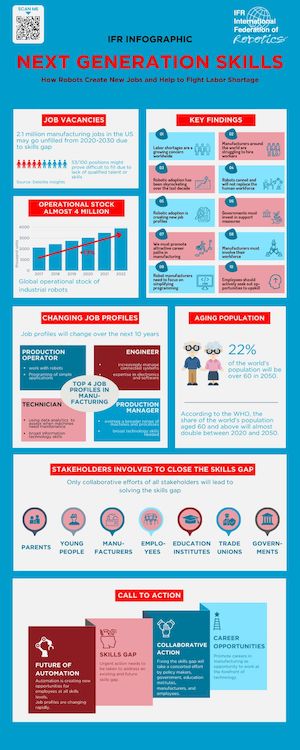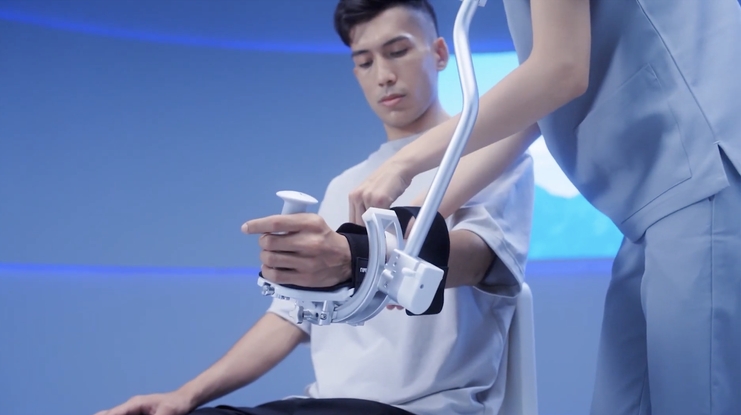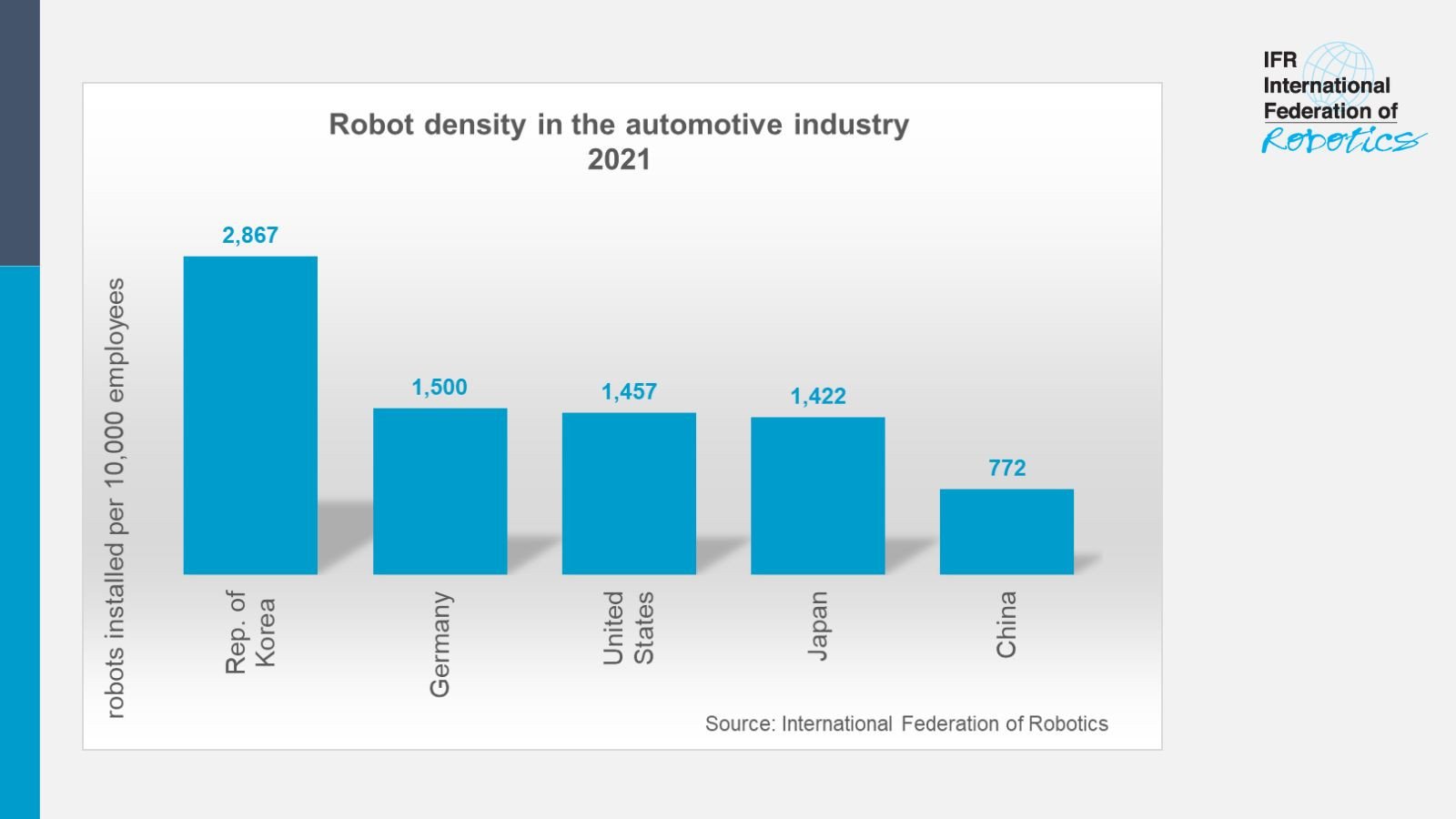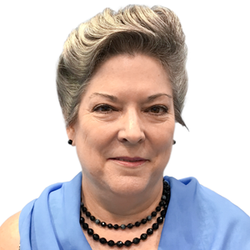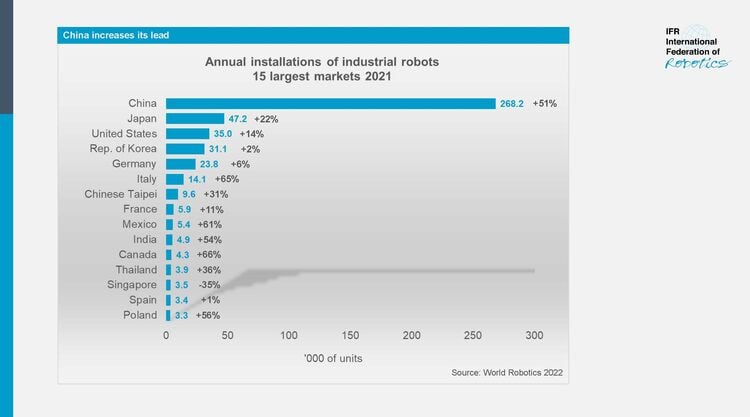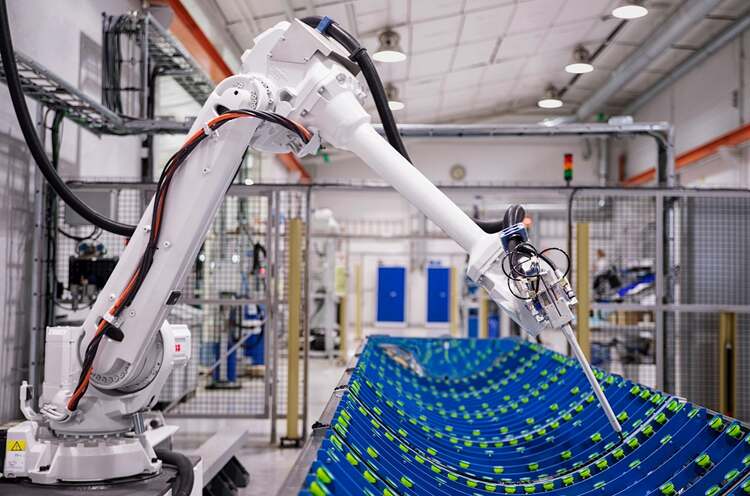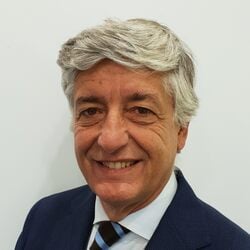The Association for Advancing Automation (A3) announced past IFR President Joe Gemma as the winner for leadership of the 2024 Joseph F. Engelberger Robotics Awards, the world's most prestigious robotics honor.

Joe Gemma, Chief Revenue Officer (CRO), Wauseon Machine, was selected as the winner for leadership, recognizing more than 35 years in the automation industry, including past stints on the Robotics Industries Association (RIA), now A3, board of directors and the president and board member of the International Federation of Robotics (IFR).
Gemma services as the chief revenue officer at Wauseon Machine &
Manufacturing, which provides automation solutions, precision machining,
fabrication, and tube forming technologies to manufacturing
organizations throughout North America. He joined Wauseon in 2022 with
more than 35 years of experience in the automation industry.
Early in his career, Gemma spent 12 years working for a system
integrator and then over 20 years working for robotics OEMs. Gemma has
strongly supported the industry by participating on the RIA Board of
Directors, as well as past chair and service on several committees. He
currently serves on A3’s Robotics Technology Strategy Board.
At Wauseon Machine, Gemma is responsible for the front end of the
business as the CRO. Previously he spent more than 5 years as the
CEO/CRO for KUKA Robotics Division - Americas. Prior to KUKA, he spent
18 years as CEO for Stäubli Group North America. Until 1997, he worked
for the US enterprises, Advanced Technology Systems, Crellin
Technologies and Corner & Lada, working in engineering, project
management, business development and sales management.
“I am truly humbled and grateful to receive the Joseph F. Engelberger
award this year for leadership,” Gemma said. “In fact, this recognition
really goes out to all the people I have worked with through the years,
and it is an honor to accept this award on their behalf. It is
impossible to fully express my gratitude to everyone that has supported
us through the years as none of this success would have been possible
without the support of my family and colleagues.”
The Joseph F. Engelberger Robotics Awards
The Joseph F. Engelberger Robotics Awards are named after the late Joseph F. Engelberger, known throughout the world as the founding force behind industrial robotics. Since 1977, these awards have been given to 139 robotics leaders from around the world for excellence in technology development, application, education and leadership.
The winners are recommended by a panel of industry leaders based on all present and past nominations from the industry and voted upon by the past chairs of the RIA. A3 is the organization that administers the award, and each winner receives a $5,000 honorarium and a commemorative medallion and plaque.
“The honorees of this year’s Joseph F. Engelberger Robotics Awards have all played critical roles in the development and growth of our industry,” said Jeff Burnstein, president of A3. “Joe’s valuable leadership and contributions to our industry over the last 35+ years, including his roles with both IFR and A3, have been instrumental as we bring greater innovations to users worldwide. And Reymond and Marc-Olivier brought delta robots to life, offering robots much higher productivity rates than ever before due to their increased speed and throughput.”
Two further winners Dr. Reymond Clavel and Marc-Olivier Demaurex
Dr. Reymond Clavel, Professor Emeritus at Ecole Polytechnique Fédérale Lausanne (EPFL), the Swiss Federal Institute of Technology, was selected as a technology winner for his pioneering role in the invention of the Delta robot concept.
Marc-Olivier Demaurex, was selected as a technology winner for his role in pioneering the Delta robot and bringing it to market.
Dr. Clavel is a professor emeritus at, Ecole Polytechnique Fédérale Lausanne (EPFL),the Swiss Federal Institute of Technology.
In the early 1980s, Dr. Clavel led the research team that invented the Delta robot, a type of parallel robot that consists of three arms connected to universal joints at the base and was designed to manipulate light and small objects at a very high speed, an industrial need at the time. The Delta robot was patented in 1985. In 1987, the Swiss company Dermaurex, founded by fellow EPFL graduate Marc-Olivier Demaurex, purchased a license for the Delta robot and started the production of Delta robots for the packaging industry.
Dr. Clavel obtained his degree in mechanical engineering at the EPFL in 1973. After nine years of gathered experience in industrial plants at Hermes Precisa International (research and development), he was appointed professor at the EPFL, where he obtained his PhD degree in parallel robotics in 1991. His present research topics are parallel robotics, high speed and high precision robotics, medical and surgical robotics applications, surgical instrumentation and precision mechanisms.
Over the years, Dr. Clavel has received numerous awards in parallel and industrial robotics, including the 1989 Laureate of the JIRA Awards (Japan Industrial Robot Association) for the DELTA parallel robot invented in 1985; 1996 project winner of the Technologiestandort Schweiz competition and the ABB Sonderpreis for the robotics project.
“Who would have thought that a visit to a chocolate factory would result in a robot concept that is not only used worldwide but is actually studied in universities and now further recognized with this prestigious Engelberger Award for both me and Marc-Olivier?” Dr. Clavel said. “I’m beyond proud that we were able to create a real solution to a problem that so many dealt with as they looked to automate complex piece picking applications and the influence these parallel robots have on today’s robots.”
Demaurex earned his masters in robotics in 1974 and his doctorate in robotics mechanical design in 1979, both at EPFL. After four years at Bobst Graphic, where he worked in phototypesetting machines, he founded Demaurex Company in Lausanne for robotics and microengineering. The company created the first big Delta robots line for chocolate assortment for Nestlé in 1992 and for picking cookies for Kambly in 1993. Bosch Packaging Technology purchased Demaurex in 2000 (and then to Rotzinger in 2018). The Delta patent ended in 2007, when it became a standard in robotics. Demaurex retired in 2013 but continues to consult.
“Being recognized with an Engelberger Award for my pioneering role in the Delta robot concept is definitely a highlight of my career,” Demaurex said. “We recognized early on that the Delta robot that Reymond and his team had created was the solution to problems companies in the packaging industry had long encountered when considering automation. By bringing it to market with early adopters such as Nestlé and Kambly, we created a company—and an industry—that is still going strong today.”
Awards Dinner
The awards dinner at Automate will be held May 8 from 5:15 p.m. to 8 p.m. in the Grand Ballroom at the McCormick Place Convention Center. Tickets for the event, which includes a cocktail reception and dinner, may be purchased when registering for the Automate 2024 Show and Conference.
Automate takes place May 6-9 in Chicago, and anyone who works with or is interested in automation can attend for free. This year’s show is the biggest yet, featuring more than 365,000 square feet of exhibit space, 800+ exhibitors, and an expected 30,000+ registrants, with valuable learning and networking opportunities. Attendees will see the latest in cutting-edge robotics, vision, artificial intelligence, motion control and more.





















